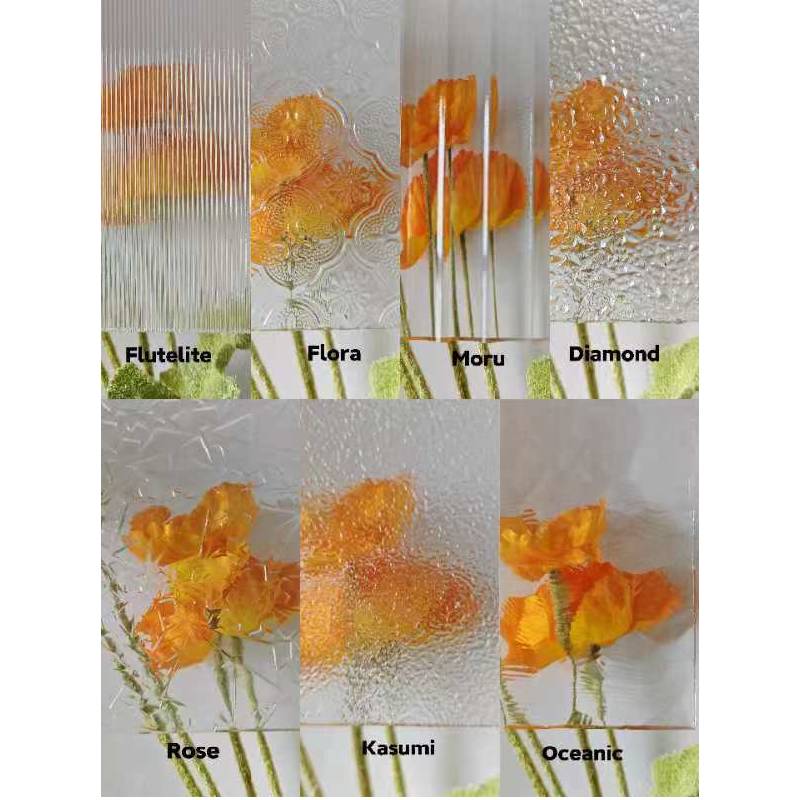

Understanding the Cost of Low-E366 Glass
Low-E (low-emissivity) glass has become increasingly popular in both residential and commercial construction due to its energy-efficient properties. Among the various types of low-emissivity glasses, Low-E366 glass is particularly noteworthy for its superior thermal performance and solar control. This article delves into the cost implications of Low-E366 glass, its benefits, and considerations for consumers and builders.
What is Low-E366 Glass?
Low-E366 glass is a type of insulating glass that has been coated with a microscopically thin layer of silver. This special coating reflects heat back into the building while allowing visible light to pass through. The 366 designation refers to the glass’s ability to block a significant amount of ultraviolet (UV) rays while optimizing thermal insulation. This makes it ideal for regions that experience extreme weather conditions, as it helps maintain a comfortable indoor climate.
The Cost Factors of Low-E366 Glass
1. Material and Manufacturing Costs The primary cost of Low-E366 glass comes from its production process. The specialized coatings require advanced technology, which can increase the overall cost compared to standard glass options. Additionally, the raw materials involved in creating Low-E366 glass are more expensive. This, combined with the manufacturing techniques, contributes to a higher price point in the marketplace.
2. Installation Expenses Besides material costs, installation plays a significant role in the overall expense. Low-E366 glass needs to be handled with care during installation, typically requiring skilled labor for proper fitting. This can raise installation fees, especially if the project involves complex designs or custom fittings. Conversely, investing in professional installation can ensure optimal performance and long-term savings on energy bills.
3. Size and Thickness The cost of Low-E366 glass also varies based on size and thickness. Larger panes and thicker modules generally cost more. Builders often need to account for specific design requirements, influencing the dimensions and, consequently, the overall price.
4. Local Market Variations Geographic location can also impact the cost of Low-E366 glass. Variations in local demand, competition among suppliers, and shipping expenses affect pricing. In densely populated areas or in regions where energy-efficient technologies are more in demand, prices may reflect these trends.

5. Additional Features Some Low-E366 products come with additional features like noise reduction capabilities, higher durability, or enhanced security. While these added features can increase initial costs, they may provide significant long-term savings and benefits.
Benefits of Using Low-E366 Glass
1. Energy Efficiency One of the greatest advantages of Low-E366 glass is its potential to significantly reduce energy costs. By reflecting heat away in the summer and retaining warmth during winter, homeowners can rely less on heating and cooling systems, leading to lower utility bills.
2. Comfort With its ability to regulate indoor temperatures, Low-E366 glass contributes to a more consistent and comfortable living environment, minimizing drafts and hot spots.
3. UV Protection Low-E366 glass effectively blocks a major portion of harmful UV rays, helping to protect furniture, flooring, and artwork from fading over time.
4. Environmental Impact By using energy more efficiently, buildings with Low-E366 glass contribute to reduced carbon footprints. This is an essential consideration for environmentally-conscious consumers and businesses looking to support sustainable practices.
Conclusion
While the initial cost of Low-E366 glass can be higher than that of conventional glazing options, its long-term benefits make it a worthwhile investment for many. Homeowners and builders should consider the overall value derived from improved energy efficiency, enhanced comfort, and aesthetic appeal. By choosing Low-E366 glass, consumers not only make a choice that is economically smart but also one that supports a more sustainable future. Ultimately, understanding these factors will help in making informed decisions regarding building materials and investments in energy efficiency.